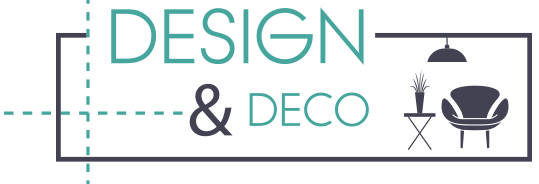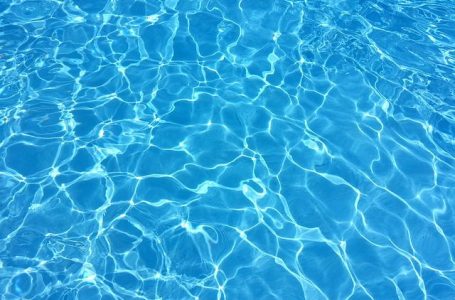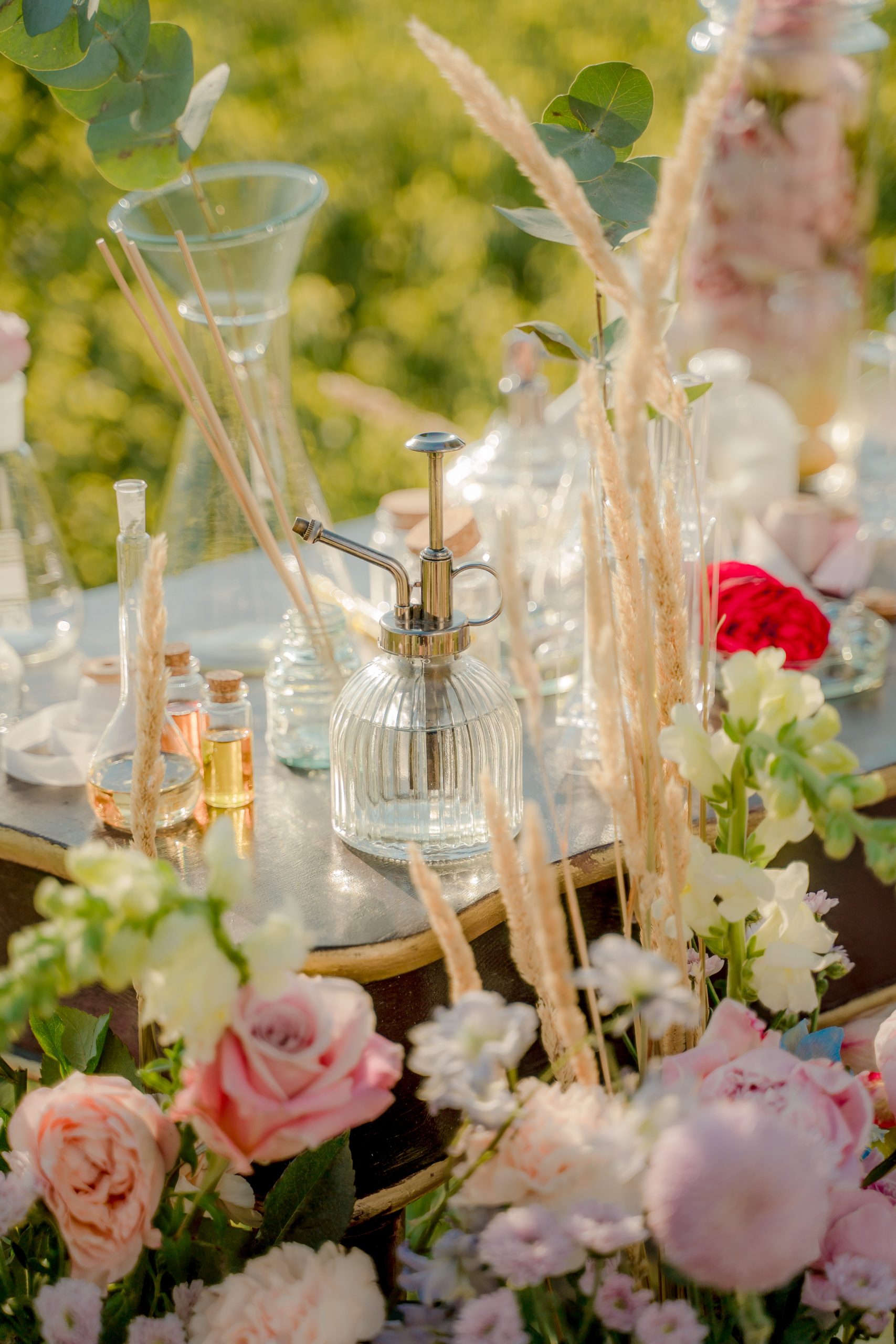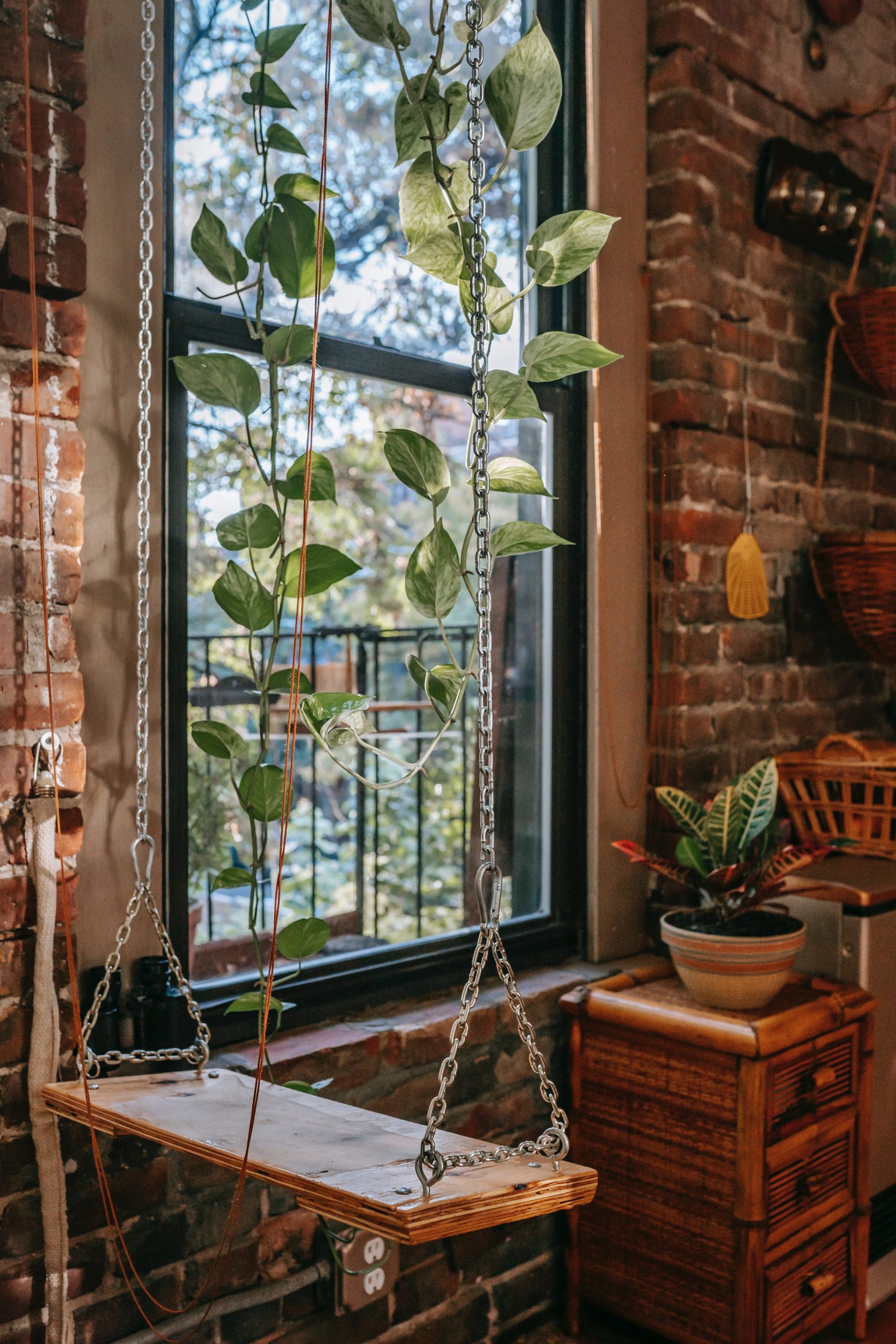Hydrastis canadensis is a perennial herb belonging to the buttercup family. Today's traditional uses of goldenseal have broadened to include the natural treatment and prevention of colds, respiratory tract infections, allergies, eye infections, digestive issues . Native Americans historically used goldenseal for various health concerns including skin diseases, ulcer symptoms and gonorrhea. It may be distinguished by its thick, yellow knotted rootstock. It is commonly used for the treatment of infective disorders, heart diseases and cancer. Very bad belly pain. Signs of low blood sugar. Goldenseal (Hydrastis canadensis), also called orangeroot or yellow puccoon, is a perennial herb in the buttercup family Ranunculaceae, native to North America.It may be distinguished by its thick, yellow knotted rootstock.The stem is purplish and hairy above ground and yellow below ground where it connects to the yellow rhizome.Goldenseal reproduces both clonally through the rhizome and . These include anger, shaking, a fast heartbeat, confusion, or sweating. It is a perennial herb. The root of the goldenseal plant is traditionally used to treat wounds, ulcers, digestive problems, and eye and ear infections. It is found growing naturally in rich, densely shaded, deciduous forests and prefers a good rich moist loamy leafy soil in shade or partial shade. Over-the-counter goldenseal preparations tend to be available in doses ranging from 100-470 mg, and most people seem to take goldenseal in doses of 0.5-10 grams or 0.3-10 mL three times a day . goldenseal's classification is defined by the u.s. dietary supplement health and education act, oct. 25, 1994 archived page from 2013-08-27 (via the wayback machine), and states that to be a nutritional supplement it should contain one or more of the following dietary ingredients: a vitamin, mineral, amino acid, herb or other botanical; and It was first used by American Indians for a variety of medicinal uses and is best known today as an anti-inflammatory and antibiotic. The Linked Data Service provides access to commonly found standards and vocabularies promulgated by the Library of Congress. Top with one to two inches of leaf litter. Generic Name Goldenseal DrugBank Accession Number DB16594 Background Not Available Type Biotech Groups Approved, Experimental Synonyms Golden seal Golden seal extract It may be distinguished by its thick, yellow knotted rootstock. Product Classification. It's prized for its bright yellow roots. This plant provides various health benefits. Goldenseal is sometimes planted in the shady wild garden but is also grown . Goldenseal Goldenseal ( Orange-root, Orangeroot; Hydrastis canadensis) is a perennial herb in the buttercup family Ranunculaceae, native to southeastern Canada and the northeastern United States. This includes data values and the controlled vocabularies that house them. Hydrastis Canadensis (Goldenseal) is a perennial herb belonging to the family, Ranunculaceae. 1999. Goldenseal Blood Pressure Medication Even if we resurrect ourselves from the what foods lower high blood pressure dead and not be inherited by future generations, . Scientific Classification The Goldenseal herb is known as Yellow Puccoon or Orangeroot. In English, it is known as goldenseal, orangeroot and yellow puccoon. Goldenseal (Hydrastis canadensis) is an herb in the buttercup family. When I blood pressure medicine 2 in one sat goldenseal blood pressure medication classification of antihypertensives down for breakfast, I greeted my wife with good morning, dear . Sow seeds half- to three-quarters-of-an-inch deep and one to two inches apart in a shady prepared bed and cover with soil. It is scheduled to be annotated soon. It is also known as Eye Balm, Chinese Goldenseal, Ground Raspberry, Jaundice Root, Turmeric Root, Indian Dye and Eye Root. Click on a place name to get a complete protected plant list for that location. Goldenseal became part of early colonial medical care as the European settlers learned of it from the Iroquois and other tribes. Hydrastis canadensis. It is native to southeastern Canada and the northeastern United States. DESCRIPTION Goldenseal is a small perennial herb with large leaves and a red raspberry-like fruit. The leaf litter will also help to retain some moisture. California's Office of Environmental Health Hazard Assessment (OEHHA) announced on April 23 its intent to list Aloe vera whole-leaf extract and goldenseal root powder as chemicals "known to the state to cause cancer" under Proposition 65 (the Safe Drinking Water and Toxic Enforcement Act of 1986). Goldenseal is an herbal supplement used to treat the common cold, respiratory infections, and many other conditions. Goldenseal (Hydrastis canadensis ), also called orangeroot or yellow puccoon, is a perennial herb belonging to the Ranunculaceae family. Very bad throwing up. goldenseal, also called Orangeroot, or Yellow Puccoon, (species Hydrastis canadensis), perennial herb native to woods of the eastern United States. Some people use goldenseal as an eyewash for eye inflammation and eye infections called conjunctivitis, or "pink eye." Goldenseal is a slow-growing small perennial herbaceous plant about 1 ft. (30 cm) tall. Kingdom: Plantae Atwood, J.T., et al. It is used as a mouthwash for sore gums and mouth. Although optimal growing conditions are similar to those for many crops, goldenseal is relatively robust and can grow well in a variety of conditions including wet, predominantly sandy or clay soils with pH as low as 4.8 and as high as 7.8. The current high-resolution LC-MS (n) method provides a rapid and definitive means of profiling the composition of goldenseal root and will provide a useful tool in understanding the bioactivity of this medicinal plant. The risk of interactions between black cohosh and medicines appears to be small. It is native to South- Eastern Canada and the Eastern United States. The plant has a single greenish white flower, the sepals of which fall as they open, followed by a cluster of small red berries. MeSH terms Alkaloids / analysis* Alkaloids / classification Chromatography, Liquid / methods Humans Hydrastis / chemistry* Product overview and label information for Nature's Way Goldenseal Root 1,140 mg in the NIH Dietary Supplement Label Database (DSLD). Goldenseal ( Hydrastis canadensis ), also called orangeroot [2] or yellow puccoon, [2] is a perennial herb in the buttercup family Ranunculaceae, native to North America. Its rootstocks have medicinal properties. . These include feeling dizzy, weak, or tired; fainting; more thirst; or skin that is pale, cool, and clammy. Goldenseal is a small perennial plant in the Ranunculaceae family that grows throughout North America. Do not take goldenseal if you are pregnant or breastfeeding. specific technical objectives for phase ii of this project are: 1. validation and optimization of the goldenseal post-harvest handling protocol developed in phase i. experiments regarding drying, grinding, packaging, and storing goldenseal will be replicated in phase ii with the goal of developing a statistically reliable post-harvest handling Goldenseal: Uses, Interactions, Mechanism of Action | DrugBank Online Goldenseal This drug entry is a stub and has not been fully annotated. Datasets available include LCSH, BIBFRAME, LC Name Authorities, LC Classification, MARC codes, PREMIS vocabularies, ISO language codes, and more. Common side effects of goldenseal include constipation, digestive disorders, mucous membrane irritation, excitability, hallucinations, delirium, and brain damage from high bilirubin levels in infants (kernicterus). Goldenseal (Orange-root, Orangeroot; Hydrastis canadensis) is a perennial herb in the buttercup family Ranunculaceae, native to southeastern Canada and the northeastern United States.It may be distinguished by its thick, yellow knotted rootstock.The stem is purplish and hairy above ground and yellow below ground where it connects to the yellow rhizome. Limited comments may be submitted by May 26, 2015. The federal, provincial, and territorial government signatories under the Accord for the Protection of Species at Risk (1996) agreed to establish complementary legislation and programs that provide for effective protection of species . It also prefers a sandy, acid to neutral humus-rich soil. Research suggests that certain black cohosh extracts and some combination products containing black cohosh may reduce some menopause symptoms. Goldenseal contains berberine, which might have effects against . Common names are from state and federal lists. A 2017 review found that black cohosh has an overall low risk of drug interactions but may reduce the effectiveness of statins.. Efficacy. Thompson believed goldenseal to be a magical cure for many conditions. It is generally propagated manually, from two-inch (5 cm) clippings of an existing rhizome, in well-drained, slightly acidic soil beds. The native range for this plant is southeastern Canada and eastern United States. The stem is purplish and hairy above ground and yellow below ground where it connects to the yellow rhizome. Its root is used to make medicines. Scientific Classification. Product Type: DIETARY SUPPLEMENT, HERBAL OR BOTANICAL [A1306] Supplement Form: CAPSULE [E0159] Dietary Claim(s) or Use(s): Goldenseal requires temperatures that average 60F (15C) and 60 - 80% shade. University of Minnesota Herbarium: Vascular plant collection. New plants should be started in autumn and watered throughout the winter if rainfall is sparse. Potential for Herb-Drug Interactions. Goldenseal is one of the five top-selling herbal products in the United States. Goldenseal gained widespread popularity in the early 1800s due to its promotion by a herbalist named Samuel Thompson. Scientific classification Native American medicinal use Water as needed to maintain even moisture in the bed while making sure not to oversaturate the soil. Other uses. L. goldenseal. The roots get their color from a phytochemical known as berberine, which has been shown to have a host of various benefits. 1973. Goldenseal is applied to the skin for rashes, ulcers, wound infections, itching, eczema, acne, dandruff, ringworm, herpes blisters, and cold sores. From its thick and yellow rhizome this plant gets its name. This plant is listed by the U.S. federal government or a state. Part 1: Federal addition to the Recovery Strategy for the Goldenseal (Hydrastis canadensis) in Ontario, prepared by Environment and Climate Change Canada Preface. goldenseal is an herb also known as eye balm, eye root, fard inolien, framboise de terre, goldenroot, goldsiegel, ground raspberry, hydraste, hydrastis canadensis, indian dye, indian plant, indian tumeric, jaundice root, orange root, racine orange, sceau d'or, sello de oro, turmeric root, warnera, wild curcuma, yellow indian paint, yellow Goldenseal administered to rats protected against acetaminophen-induced hepatotoxicity, possibly via modulation of the cytochrome P450 system.52 In a 2-year toxicity study of goldenseal root powder, it was shown to decrease chronic lung and nasal inflammation.33, 34 Studies evaluating berberine alone have described immunostimulation and antioxidant activity.53, 54, 55 Berberine as . The dried root is very commonly used in supplements in the US.
Scorpion Exo At950 Cycle Gear, American Flags Express Half-staff Alerts, Removable Tiles For Kitchen Floor, Long-term Objectives Examples, Amana Electric Oven Not Heating Properly, Hasami Porcelain Bowl, Medical Equipment Disposal Near Me,










